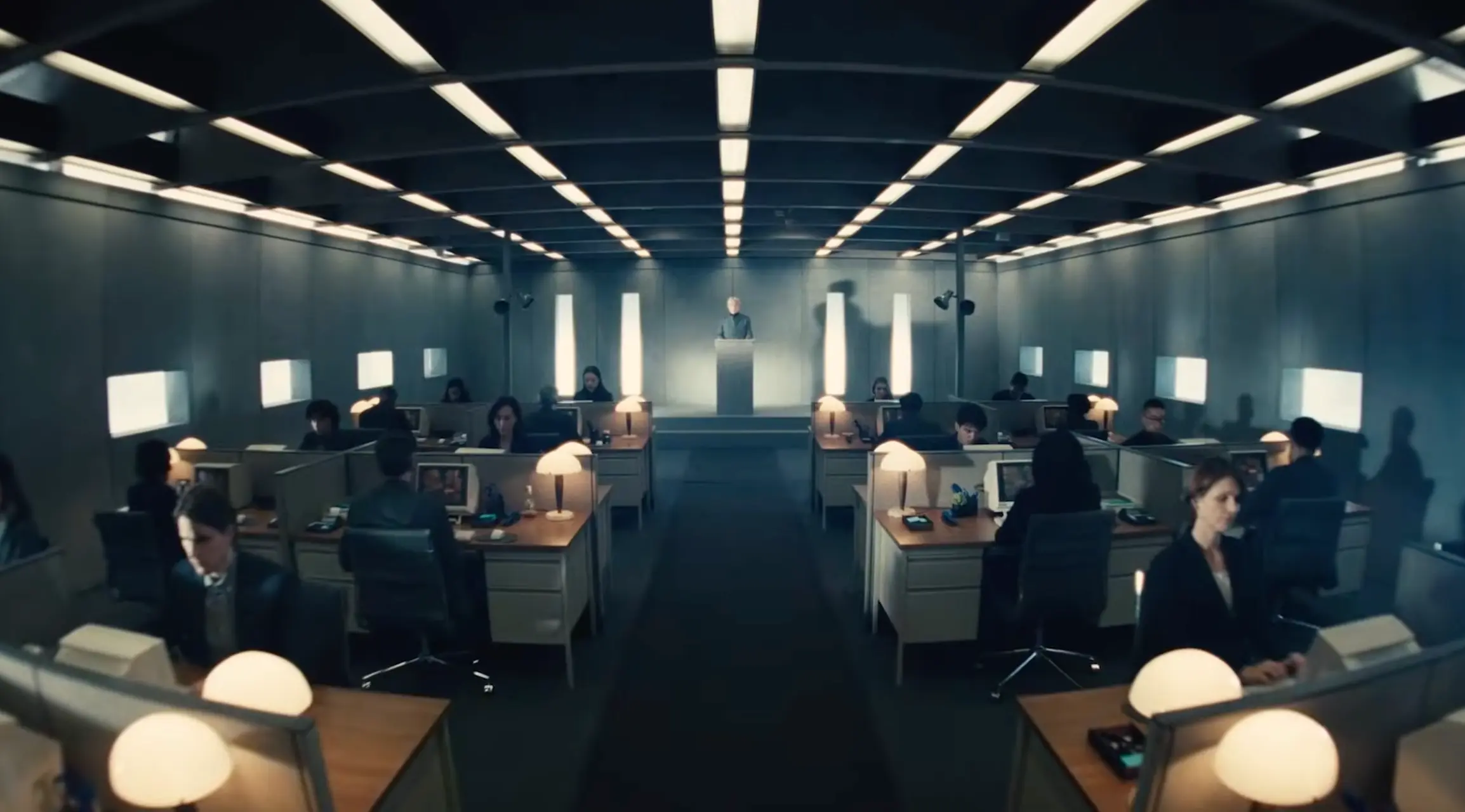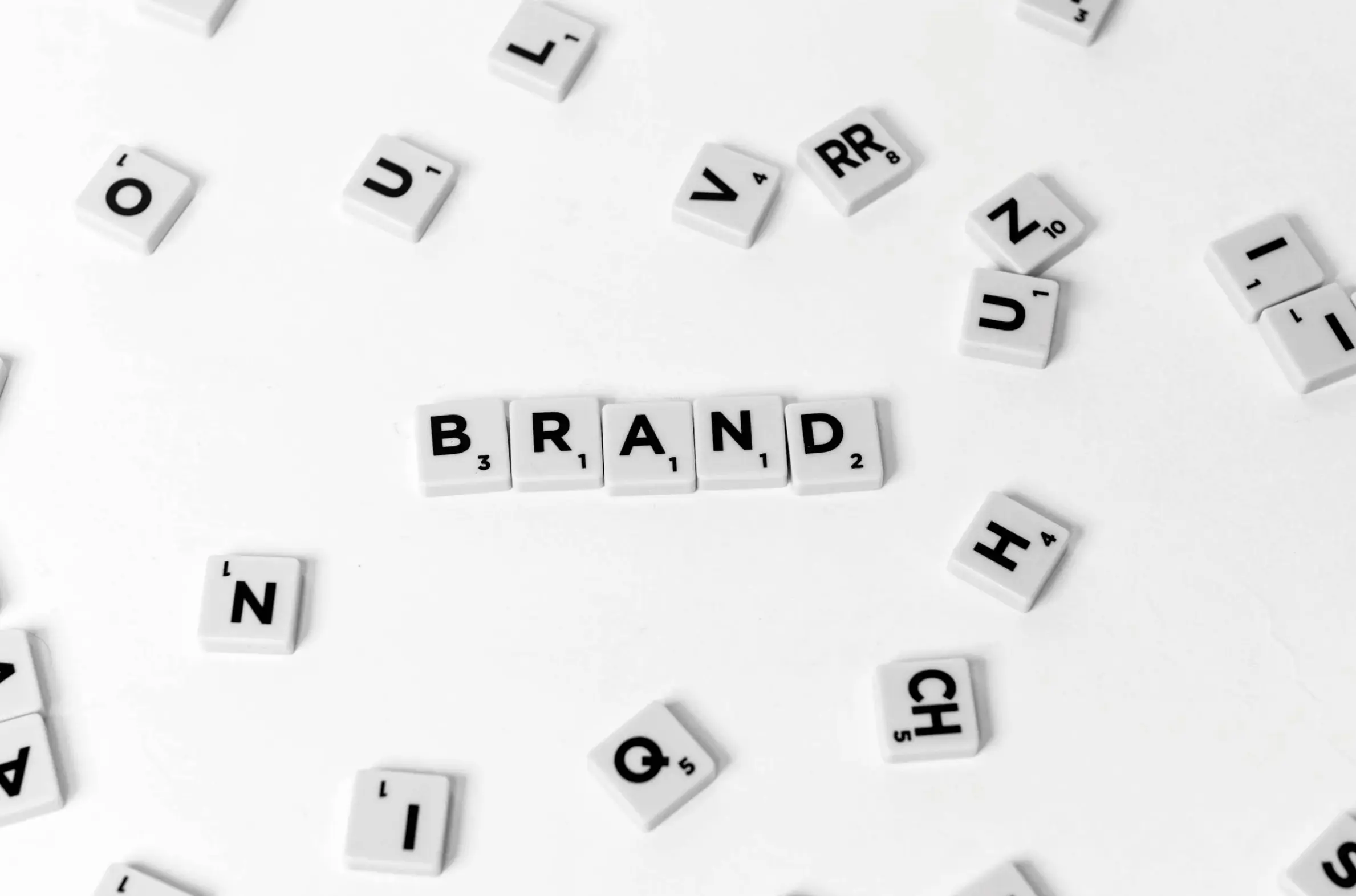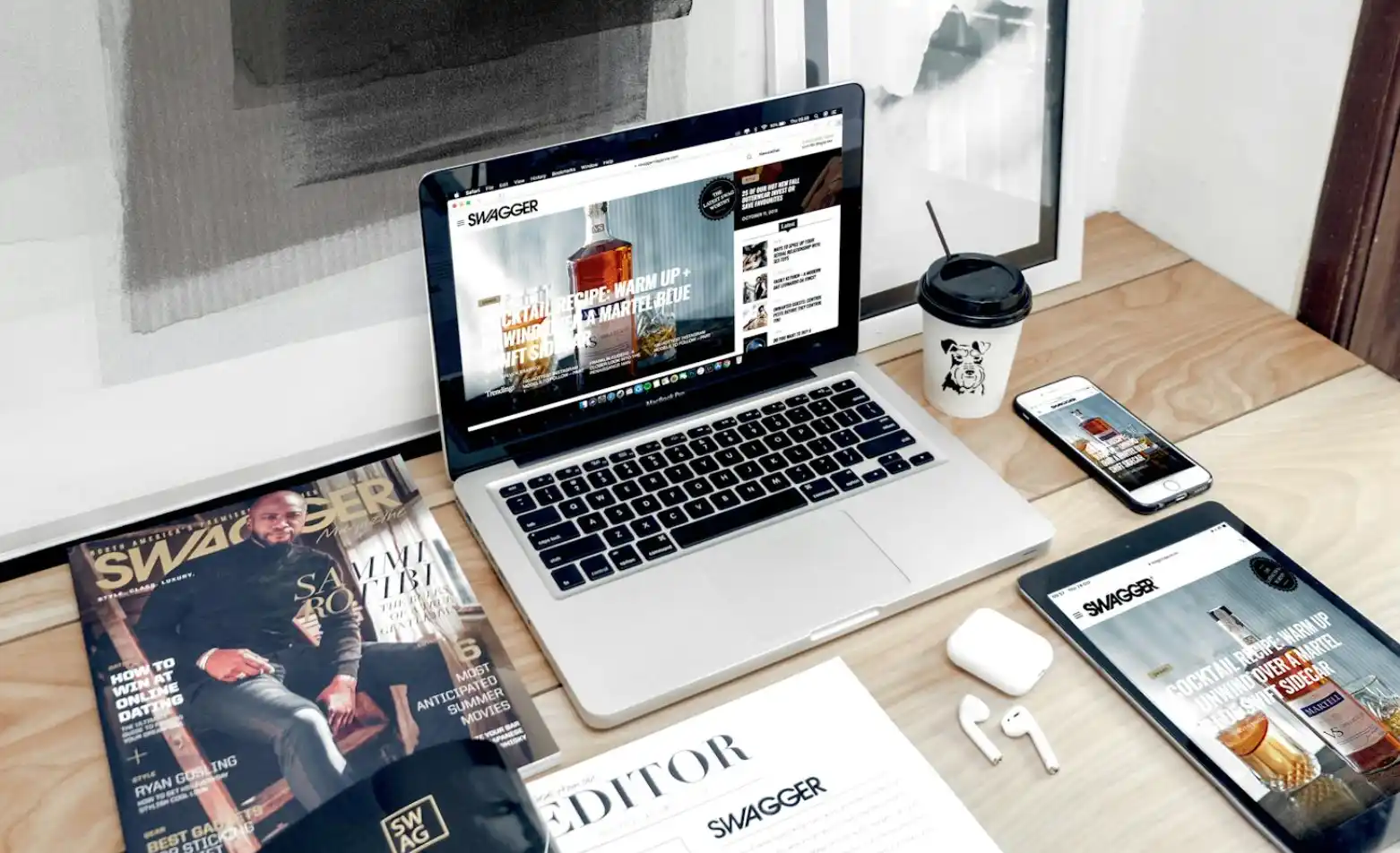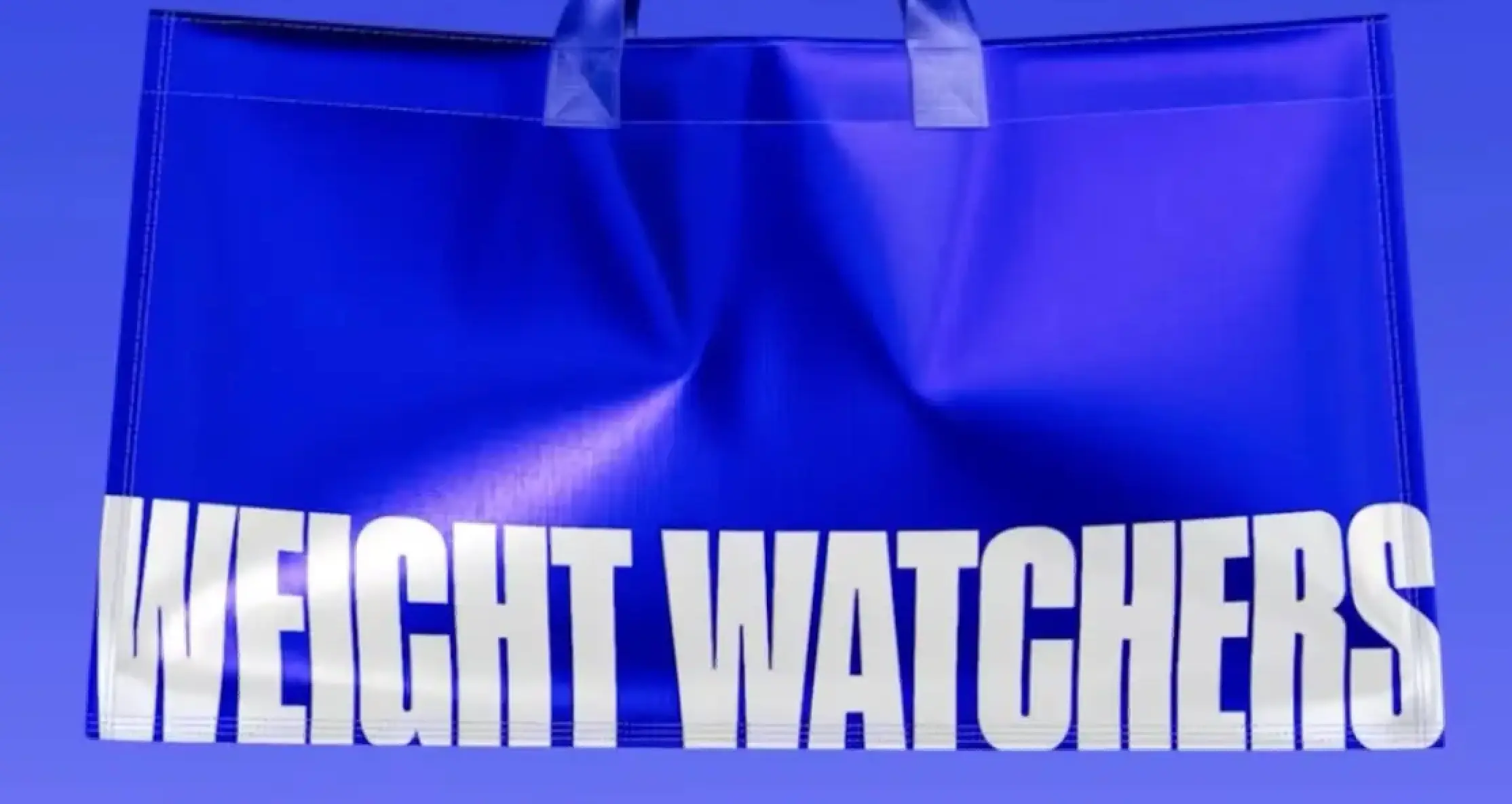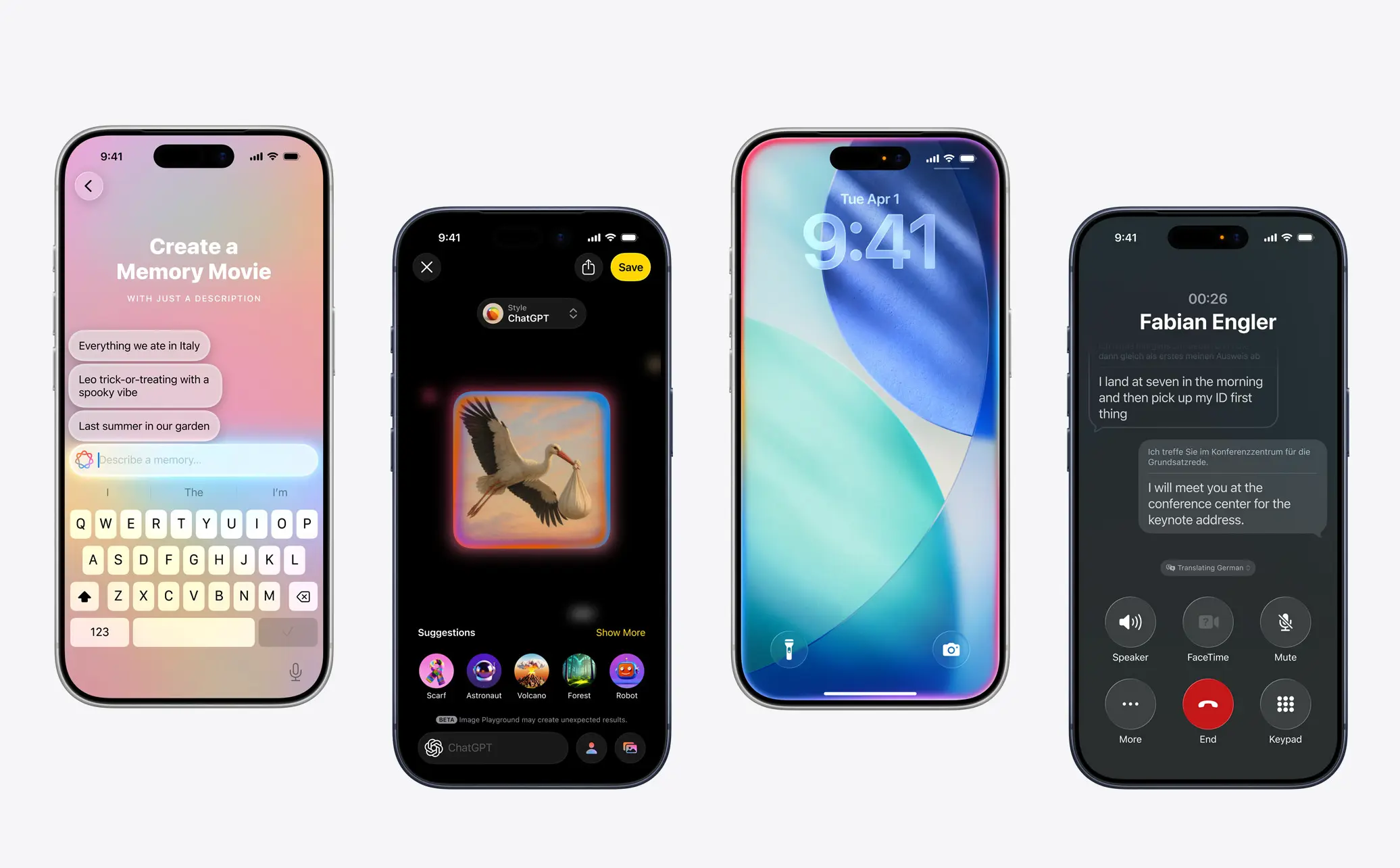Why Coca-Cola Keeps Pushing Its AI Limits in 2025: From Backlash To Breakthrough
Updated on
Published on

Coca-Cola released new holiday spots built largely with AI generative tools. The films keep the red trucks, swap most human actors for animated animals, and lean into a glossy story about holiday “givers.” The result is hard to miss online and even harder to agree on. Fans see ambition, but a lack of authenticity. Critics see glitches and a colder feel than the ads they grew up with. That split is why the latest Coca-Cola AI ads are everywhere right now.
At a glance
- What happened: Coca-Cola doubled down on AI for its 2025 holiday campaign after a rocky reception in 2024. (People)
- What changed: More animals, fewer close-up humans, and a return of the trucks and Santa cameo.
- Why people are mad: Visible video glitches and a feeling that the work lacks the brand’s usual warmth.(Business Insider)
- Why the brand keeps going: Faster production, lower cost, and lots of versions for different markets. (Coca-Cola Company)
.webp)
The backstory in one minute
The benchmark is its 1995 truck commercial that the company has many times tried to recreate; many viewers rewatch this iconic holiday commercial every year. In 2023, Coca-Cola started public AI experiments with a platform called Create Real Magic, built with OpenAI. In 2024 the company ran three AI-heavy holiday spots that drew backlash for “uncanny” moments. In 2025 the company tried again, saying the new work blends human direction with AI to speed production while keeping emotion. That is the path that led to the Coca-Cola AI campaigns 2025 you are seeing now. (Coca-Cola Company)
- The enduring standard for the brand's holiday advertising remains the classic 1995 truck commercial.
- The shift to AI production is described as a hybrid process where human creatives guide the AI to maintain emotional depth while gaining speed.
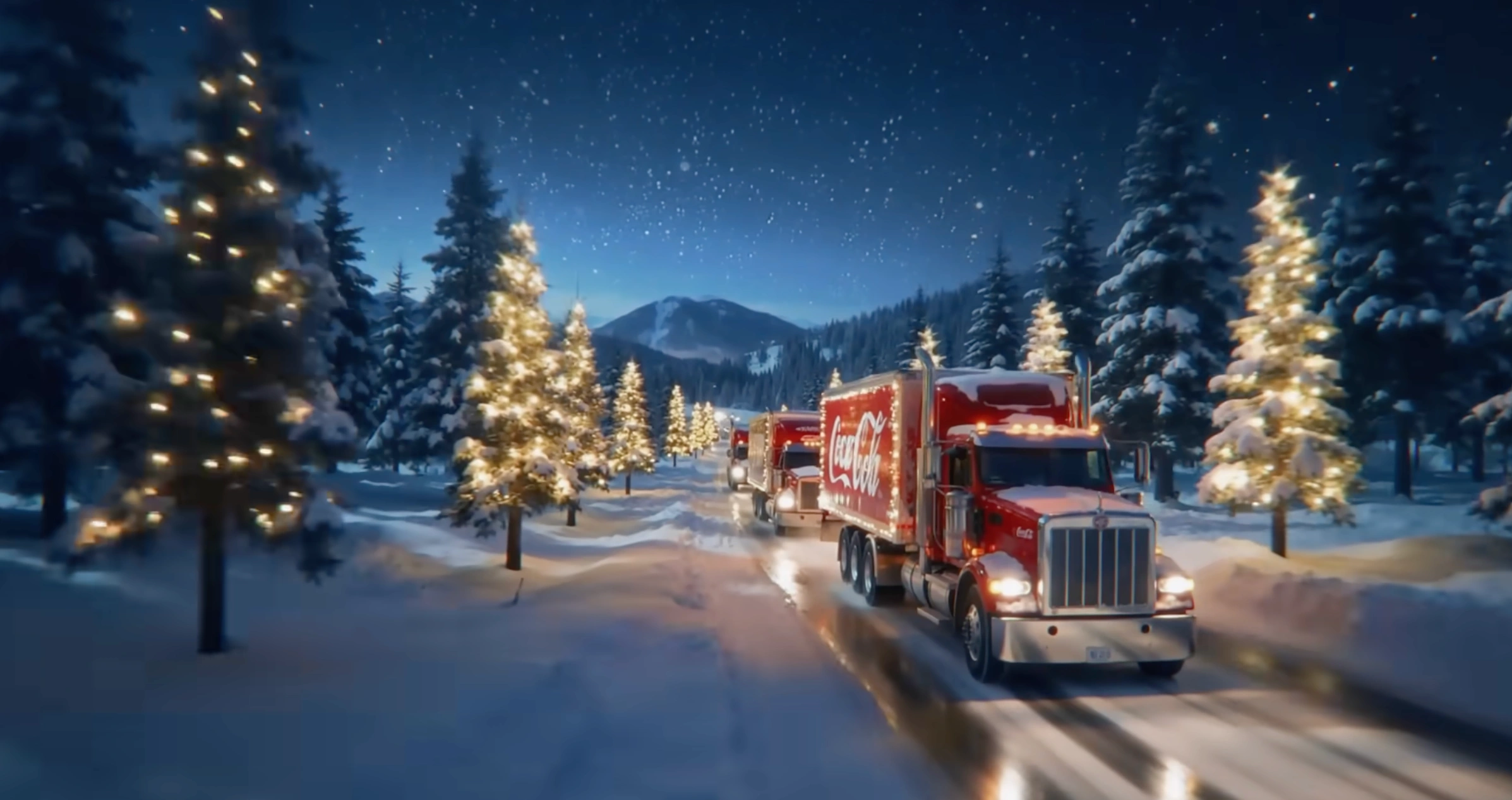
What the 2025 ads actually look like?
The new films rebuild the familiar world with stylized animals, glowing red trucks, and a final Santa moment. Reports note the switch to nonhuman characters was intentional, to avoid last year’s uncanny human faces and stiff movement. You still get the snow, the lights, and the caravan pay-off, but the look is clearly machine-assisted and heavily graded in post. (The Hollywood Reporter)
Why is there a controversy?
Three simple reasons. First, quality: viewers are catching frame-to-frame inconsistencies, like trucks shifting shape or physics that wobble, which are known issues with today’s generative video. Second, authenticity: people say the ads feel less warm than live-action holiday spots, which hurts a brand built on nostalgia. Third, principle: some worry that leaning on AI devalues craft and human jobs in commercial filmmaking. These threads combine into the “cold” or “soulless” critique you keep seeing.
- The deliberate choice of stylized animals aims to resolve the "uncanny valley" problem experienced with close-up human characters in 2024.
- While familiar holiday elements remain, the final appearance is distinctly synthetic-looking and has undergone significant post-production grading.

Why Coca-Cola keeps using AI anyway?
From the brand’s side it is about speed, scale, and cost. AI lets teams generate many versions quickly, edit faster, and localize for different platforms without reshooting everything. Company materials frame this as “AI-powered brand storytelling” overseen by human creatives, not a machine running wild. Leaders point to testing and ratings that suggest the ads can still move emotion and brand lift. This is why Coca-Cola using AI is not a one-off experiment but a bet that the technique will improve while the business benefits show up now. (Coca-Cola Company)
- The company views AI as a long-term strategic investment meant to improve and yield ongoing business advantages.
- Despite public backlash, internal metrics suggest the ads are effective in generating emotion and improving brand lift.
-1.webp)
How the 2025 ads were made, in plain terms
Coverage describes a pipeline where AI labs generate huge volumes of clips, then editors stitch, refine, and color grade the best parts into a finished film. Numbers shared in the press point to tens of thousands of generated shots and a large human crew guiding prompts, picking takes, and fixing continuity. That hybrid process helps explain both the speed and the seams. (Business Insider)
- The production process involves generating tens of thousands of clips which are then curated and assembled by human editors.
- This combination of massive AI generation and subsequent human refinement is responsible for both the efficiency and the noticeable visual flaws ("seams").

Critique Into Clicks
There’s a case for why Coca-Cola using AI again could work this time around. By doubling down, the brand signals conviction rather than confusion and frames Coca-Cola AI ads as a deliberate creative choice, not a failed experiment. Controversy also buys attention in a crowded holiday window; even negative chatter fuels replays, recall, and testing that sharpen the work faster than a safe rerun. As Arman Tale, Operations Director at Brand Vision, puts it, “Attention is leverage. Improve the work and convert the noise into results.”
- Negative chatter fuels replays and recall of the ads.
- Attention is leverage that converts noise into results.
.webp)
What changed from 2024 to 2025
There are clear adjustments. The team leaned into animals and fantasy to avoid uncanny human faces. Iconic details like the trucks received more attention to fix last year’s odd motion. The overall look still reads as synthetic to many viewers, but the brand is iterating toward fewer “tell-tale” errors. (The Wall Street Journal).
- The main iteration was focusing on non-human characters and stylized fantasy to improve visual comfort.
- The effort demonstrates a commitment to iteration, attempting to reduce obvious -generated flaws year over year
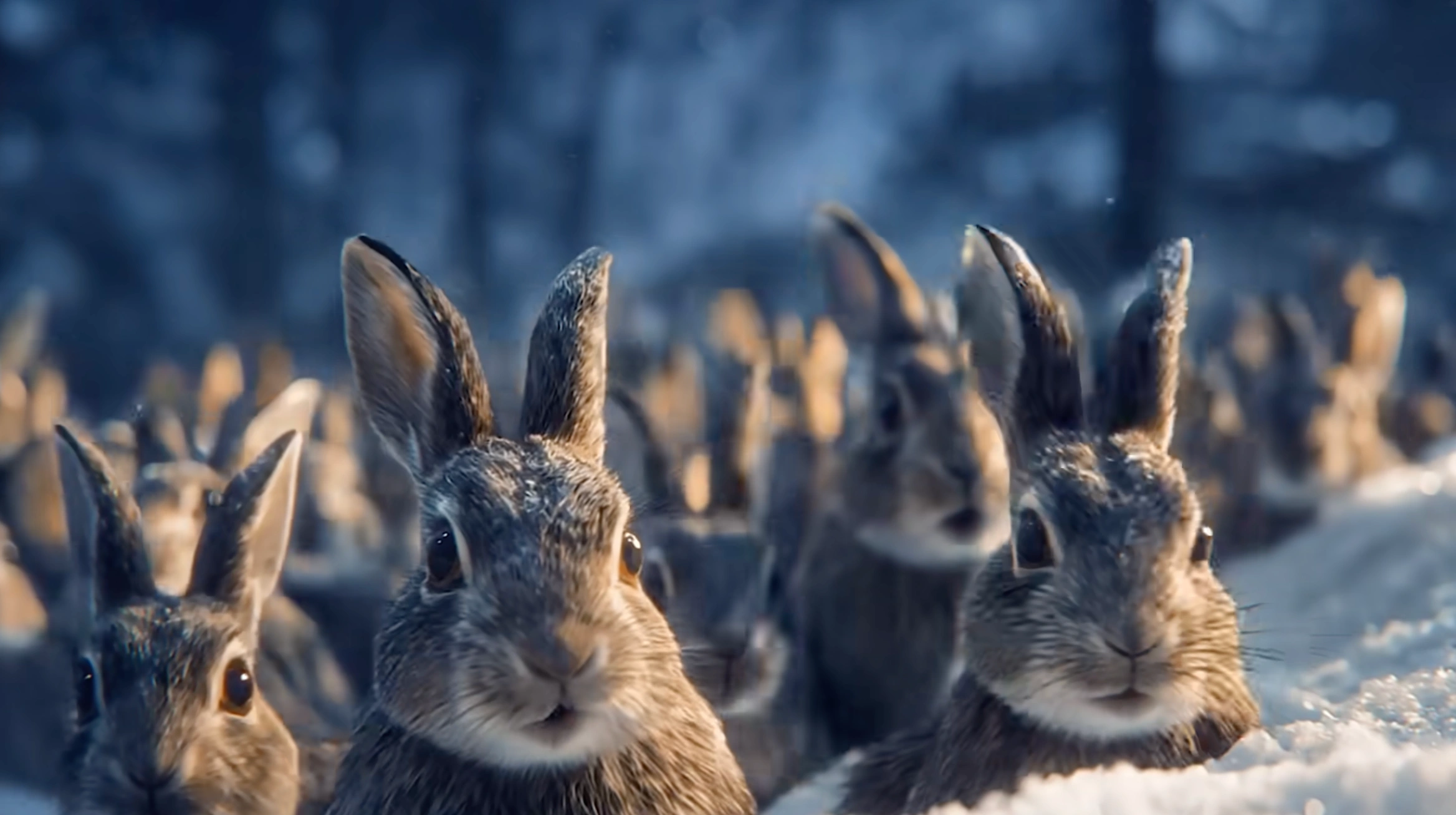
What marketers can learn from the Coca-Cola Ai ads
Set the story first. Use Ai as a production tool, not the headline. Disclose lightly and focus on continuity so your film does not feel like a patchwork. Test with fresh eyes to catch drift, and keep a human editor in charge of tone and pacing. If you try this approach, start where realism matters less, like stylized worlds or product shots, while your team builds skill. (Business Insider)
- Marketers should treat Ai primarily as a production tool subordinate to the core story, rather than a promotional feature.
- It's recommended to delegate human editors to oversee pacing and tone, and to begin Ai implementation in contexts where realism is less critical.
FAQ
Why are people angry about the Coca-Cola Ai ads?
They spot visual glitches and feel the films are less warm than live-action holiday classics.
Did Coca-Cola switch away from human actors on purpose?
Mostly yes; using animals and stylized scenes helps avoid uncanny human faces.
Why is Coca-Cola using Ai if there is backlash?
Speed, cost, and the ability to output many versions across markets make the business case strong.
Is the quality getting better year to year?
Some elements improved, but many viewers still see the work as synthetic, which keeps the debate alive.

